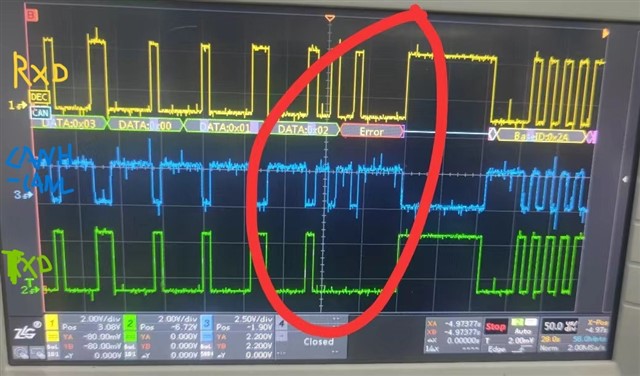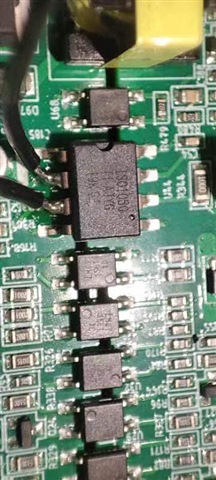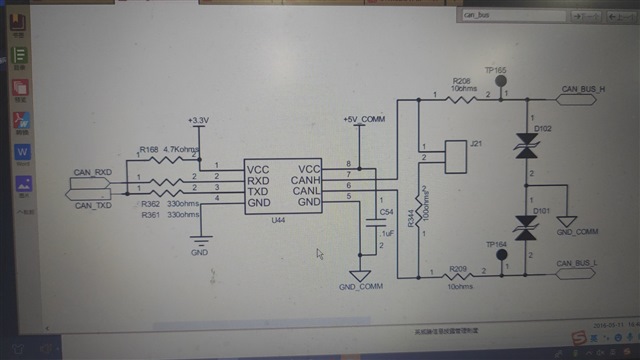Dear team,

Channel1 is receiver from MCU, channel 2 is tranceiver from MCU. Channel2 Can bus signal was tested through differential probe. There showed abnormal output in red circled sequence. The output bus line supposed to be positive.


The schematic is showed above. Can you help take a look in to this ? Thanks a lot!




